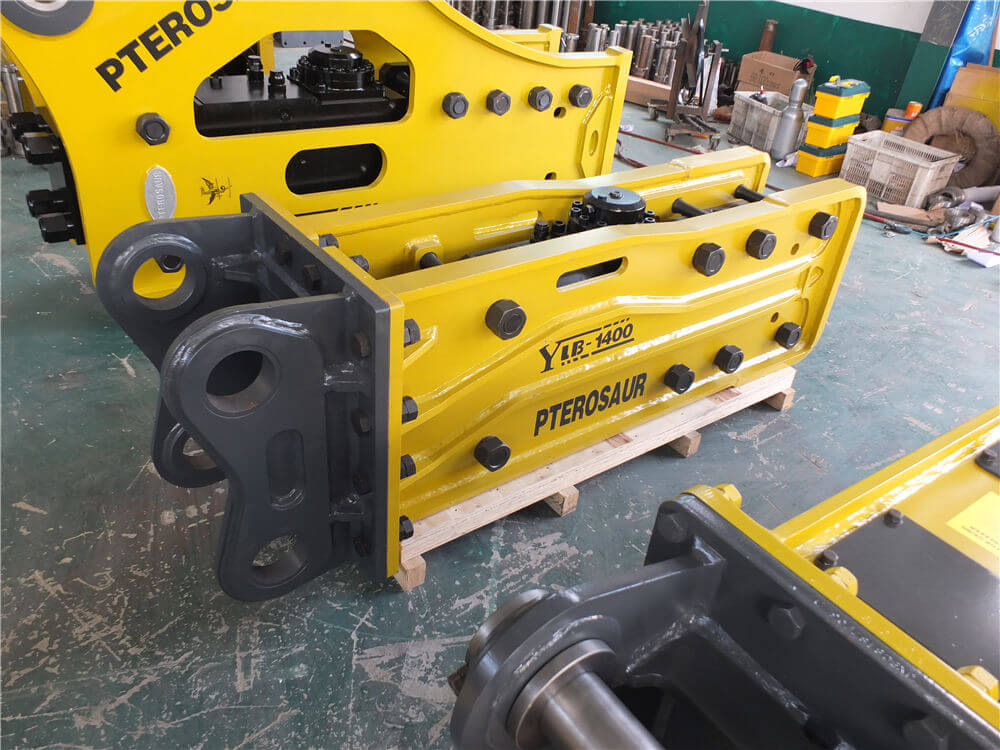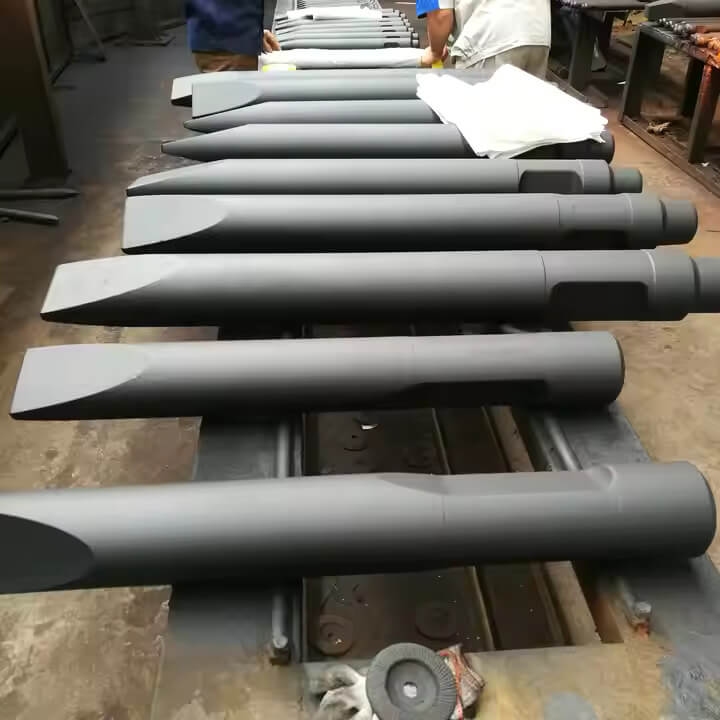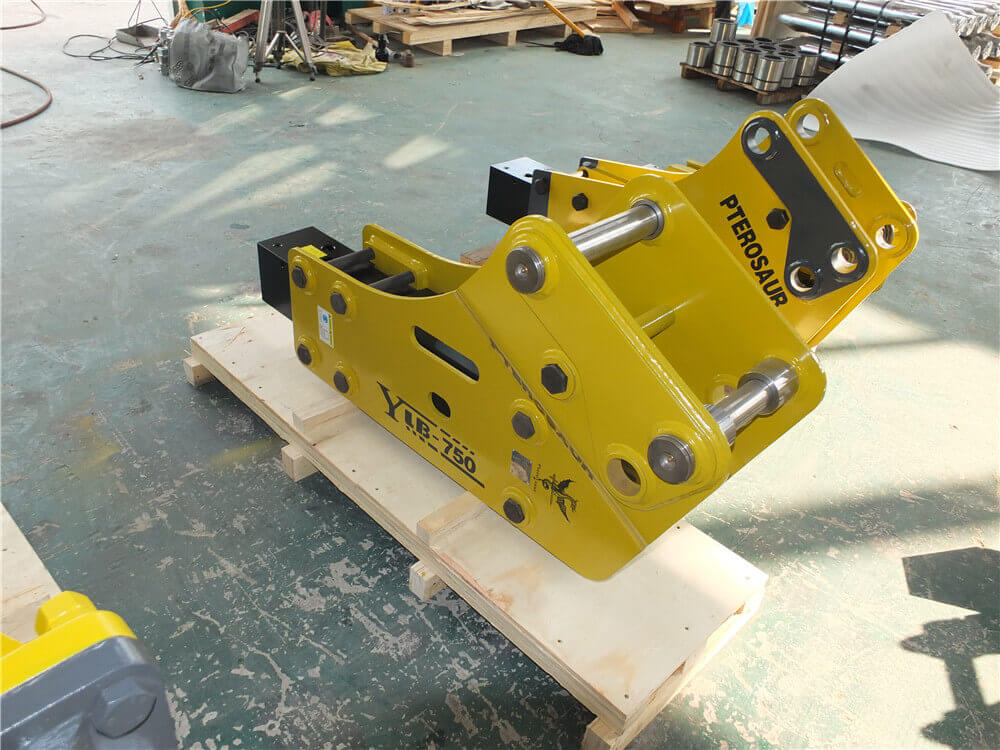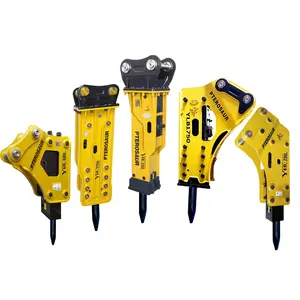
Welcome! Today, We’ll focus on how to start a hole in a brand-new slab for an excavator to dig.
To save time, we’ve already punched several holes in the concrete. Now, we’ll concentrate on opening up an area so Rick can get his bucket in. It’s generally easier to break concrete around joints, as they provide a natural weak point.
We’ll start by creating a hole in the designated area. This machine can lift itself slightly if you’re a bit aggressive on the controls, so be mindful of that. Our goal is to break the concrete into manageable chunks, similar to what Rick has in his bucket. Instead of pulverizing the entire slab, we just need to ensure that the initial spot for Rick is adequately prepared for his bucket to fit.
As we work on this section, we’ll be careful not to put too much stress on the hammer. Proper technique is crucial to avoid damaging the equipment. We’re aiming to manipulate the concrete easily, breaking it into chunks without pulverizing it unnecessarily.
If we want to break the concrete faster, we can angle the hammer slightly away from the hole. This technique allows the concrete to push outward as we break it, creating relief. It’s important to keep the hammer at a shallow angle, only about four inches deep, to prevent unnecessary torque on the machine.
By rotating away from ourselves while hammering, we can effectively nudge the concrete out. If the concrete isn’t moving as expected, it may mean we need to adjust our angle or provide additional relief before continuing.
If we need to break concrete at an angle, it’s vital to maintain a perpendicular angle with the hammer. This helps control the pressure and ensures efficient breaking. Once we establish enough pressure, we can continue to break the concrete down into manageable pieces.
It’s essential not to start hammering right up against a saw cut, as this can lead to further cracking and damage. Instead, we should work away from the saw cut, creating relief and preventing excess pressure against the edges.
As we continue to work through the concrete, we’ll leave just a small piece for Rick to grab with his excavator. This careful approach protects the saw cut while allowing us to complete our task efficiently.
In summary, mastering the breaker is about understanding the technique and not being intimidated by the machinery. With practice, it becomes a straightforward process. I hope you found this information helpful. Feel free to drop your questions and comments below.






